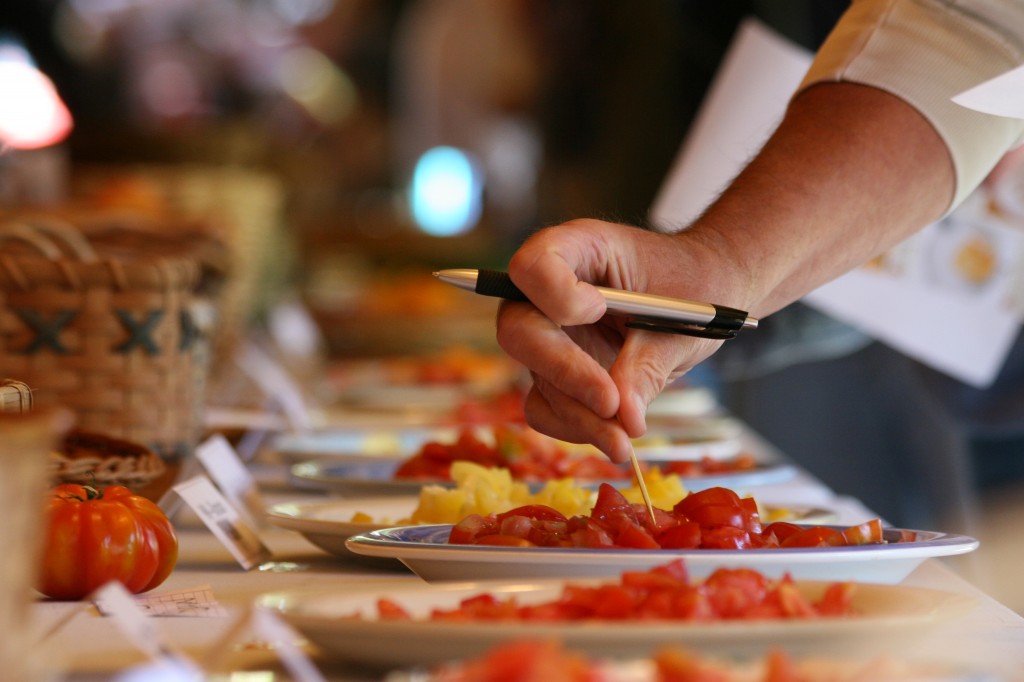Harvest Fest & Soup Recipes
/Despite the gloomy weather, Harvest Festival was a cozy event under the post and beams of Heritage Farm’s old barn. Nearly 300 attendees sampled dozens of different antique apple varieties, heirloom beans, and fragrant roasted garlic. Tasting over 26 varieties of apples in one place was truly a unique experience. Apple expert Dan Bussey commented, “I am always amazed that there is no one favorite apple, some visitors really didn’t like Black Gilliflower, one of my favorites. Taste is so subjective, just another reason this diversity is so important.”

Area chefs Jim McCaffrey from McCaffrey’s Dolce Vita, Justin Scardina from La Rana, Mattias Kriemelmeyer from the Oneota Community Coop, and Stephen Larson from Quarter/QUARTER, went head to head in a soup cook-off featuring heirloom garlic varieties. Chef Stephen Larson from Quarter/QUARTER was this winner. Check out his winning recipe, or better yet, head over to his restaurant.
Garlic Insanity!!!
©Stephen Larson and QUARTER/quarter Restaurant LLC
Makes about 10 – 12 ounce servings
For the soup:
- 8 tablespoons unsalted butter
- 1 pound new crop garlic, cloves separated, peeled and crushed
- 1 1/2 pounds fresh oyster mushrooms (or substitute button mushrooms), divided
- 2 pounds fresh sweet corn kernels (or use frozen), divided
- 1/2 pound yellow fleshed potatoes (like Yukon Gold), peeled and cut into small chunks
- 2 teaspoons kosher salt
- 2 teaspoons sugar
- 1/2 teaspoon Sriracha hot pepper sauce
- 6 cups corn cob stock (or use vegetable or chicken stock, or water)
- 1 cup heavy whipping cream
- 1/2 cup freshly grated Reggiano Parmesan cheese
Directions: Melt the butter in a large soup pot over low heat. Add the garlic then cook it over VERY LOW heat, stirring occasionally, until very lightly golden (about 1 hour). Meanwhile, trim the stems from the oyster mushrooms and reserve. Set aside 6 ounces of the mushroom caps for the garnish then add the rest of the caps to the reserved stems. Once the garlic is done cooking, add the reserved mushrooms stems and cap mixture, 1 1/2 pounds of the corn kernels, salt, sugar, pepper sauce and stock to the soup pot and bring to a boil over high heat. Once it has come to a boil, turn the heat down to medium and simmer for 20 minutes (or until the potatoes are very soft). Meanwhile, make the garnish. When the soup is done simmering, stir in the cream and cheese then blend in batches on high speed until smooth, passing each batch though a fine strainer, to remove the corn skins, into another pot. Continue below to finish.
For the garnish and to finish the dish:
- 4 tablespoons unsalted butter
- Reserved oyster mushroom caps, cut into julienne
- 1 tablespoon minced fresh rosemary
- Reserved 1/2 pound of corn kernels
Directions: Put the butter into a large skillet over high heat. When the butter is melted, add the mushrooms and rosemary, and continue to cook over high heat until the mushrooms are lightly colored. Add the corn and continue to cook until just tender. Stir into the blended soup and serve hot.
Or try this one from Chef Jim McCaffrey:
Roasted Garlic, Braebern Apple, Sharp Cheddar Cheese Soup
- 1 Head garlic
- Kosher salt
- Extra Virgin Olive Oil
- 2 celery stalks, chopped
- 2 Carrots, peeled and chopped
- 1 Onion, chopped
- 6 Tbl flour
- 2 braebern apples, deseeded and cut into eighths
- 4 cups vegetable broth
- 2 cups heavy cream
- 2cups sharp cheddar cheese, shredded
- 1 Tbl Dijon mustard
- 2 tsp Worcestershire sauce
- ¼ tsp black pepper
- 1/8 tsp cayenne pepper
- 1 4 oz. can green chile, chopped
- Salt to taste.
Directions
Preheat oven to 350 degrees. Cut tip end of garlic off. Rub open garlic in kosher salt and sprinkle with olive oil. Wrap with aluminum foil and bake in oven for forty five minutes. Take cloves out of paper. Add ¼ cup olive oil to large sauté pan. Saute celery, onions, and carrots until carrots are soft. Add flour and stir it in until slightly browned. Add garlic cloves. Puree in food processor. Add to large pot. Add two tbl olive oil to sauté pan and sauté apples until soft. Puree and add to pot. Add broth and bring to a gentle boil. Turn heat to low and add cream and cheese. When cheese is melted, add remaining ingredients and stir. Enjoy!


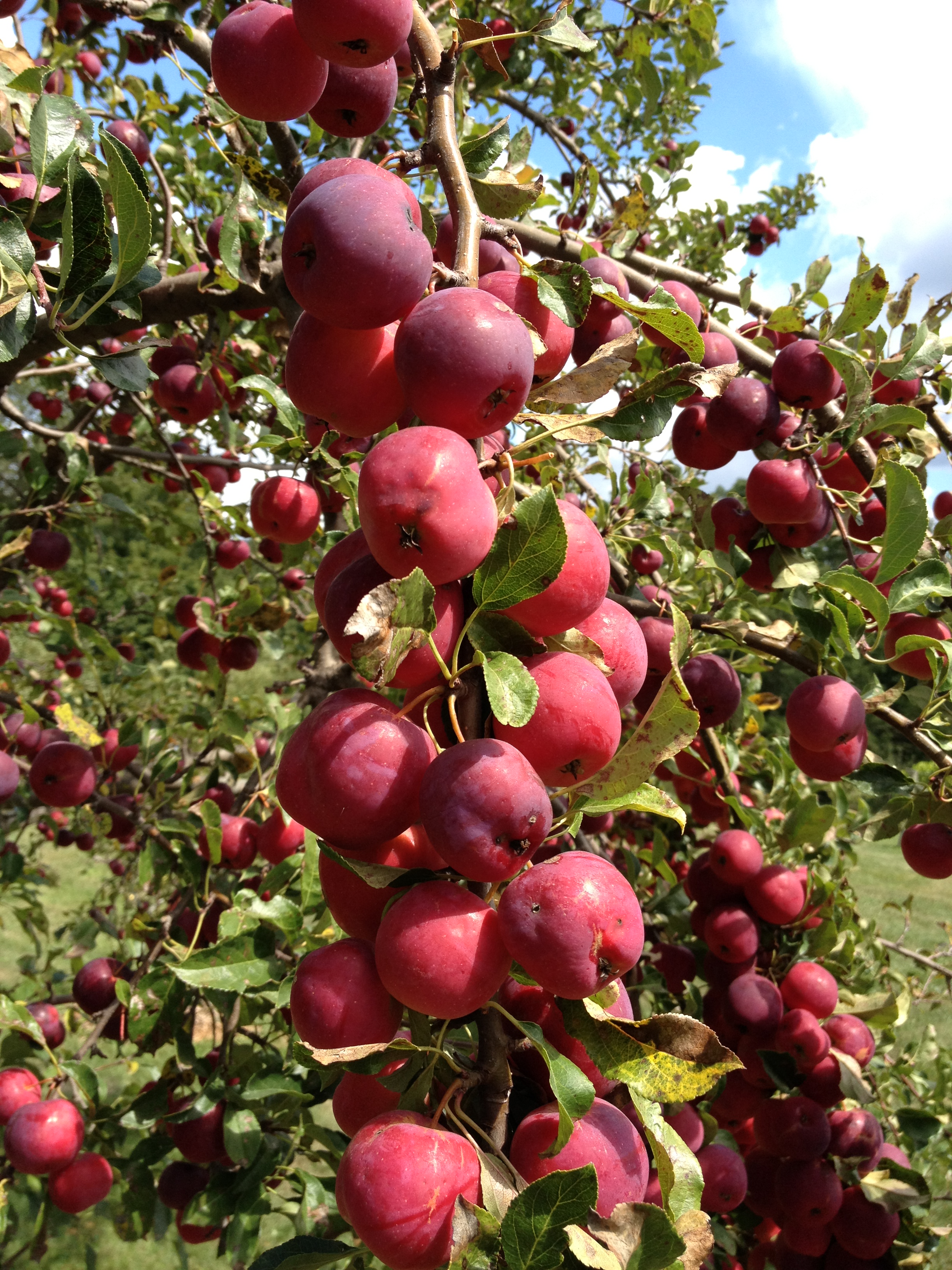
 1:00pm Emily Torgrimson—“Sponsoring community meals to support charitable organizations.”
1:00pm Emily Torgrimson—“Sponsoring community meals to support charitable organizations.” 3:00 pm Dan Carmody—"Developing Regional Food Systems." Carmody is the President of the
3:00 pm Dan Carmody—"Developing Regional Food Systems." Carmody is the President of the 

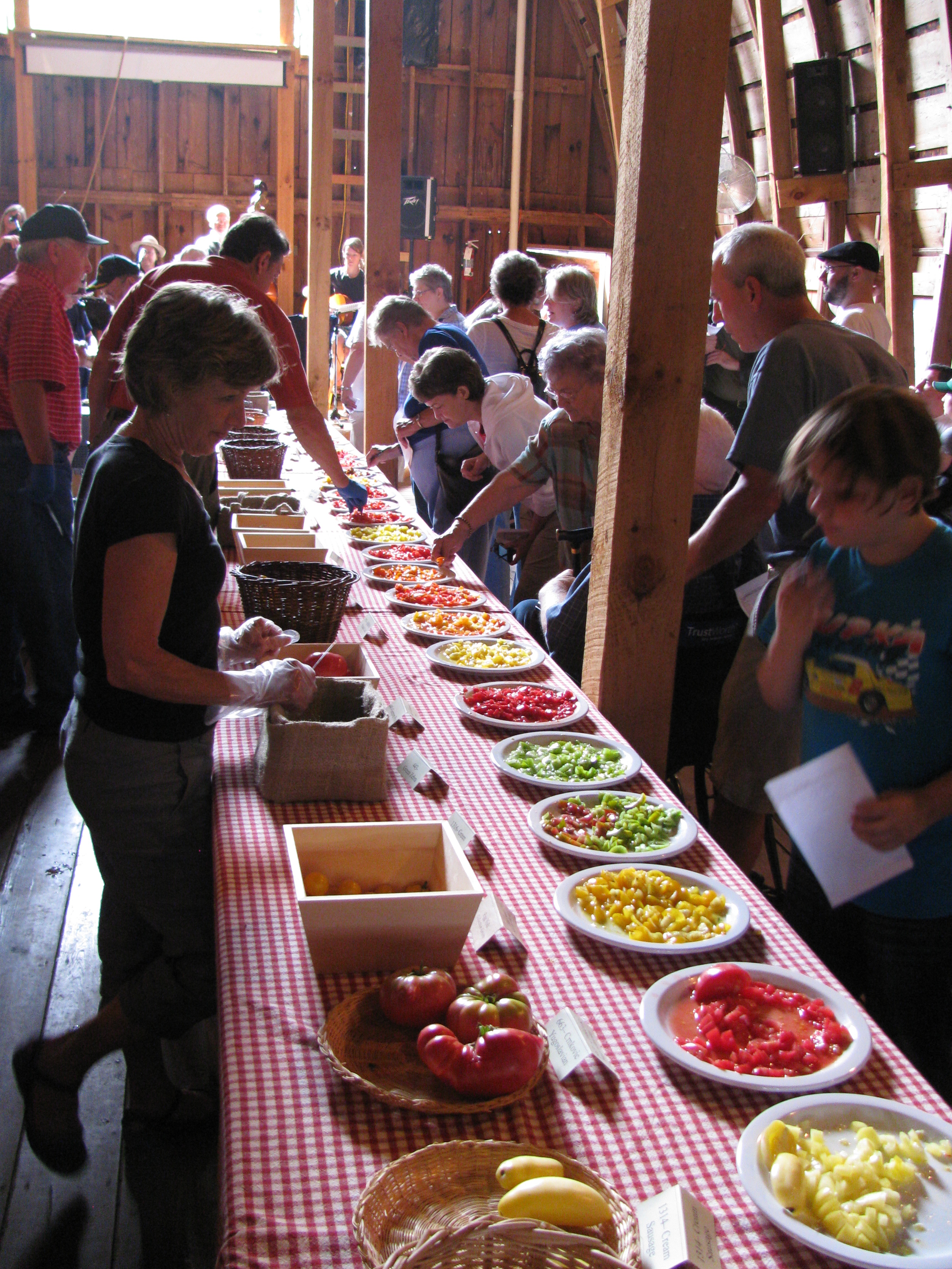
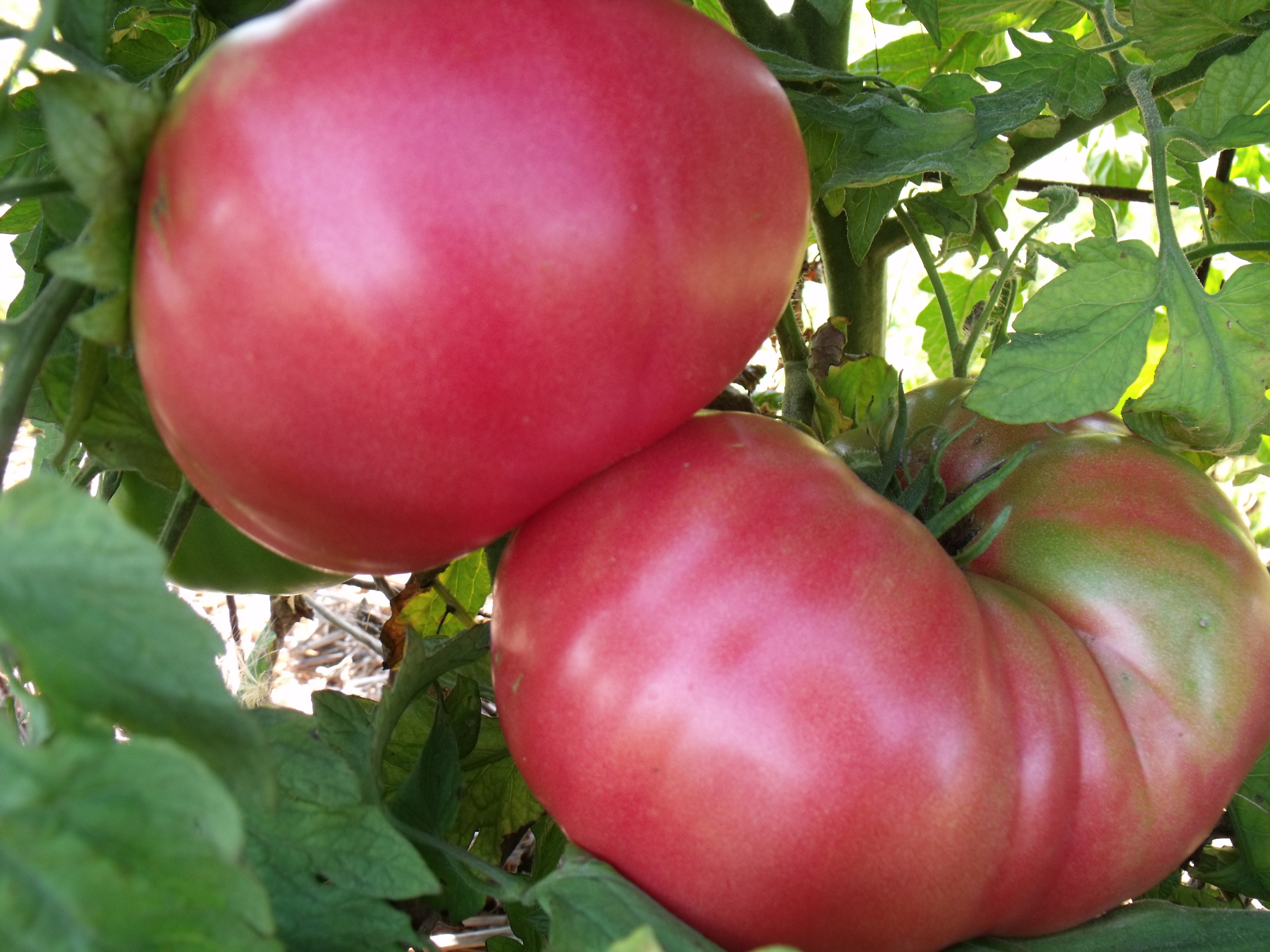


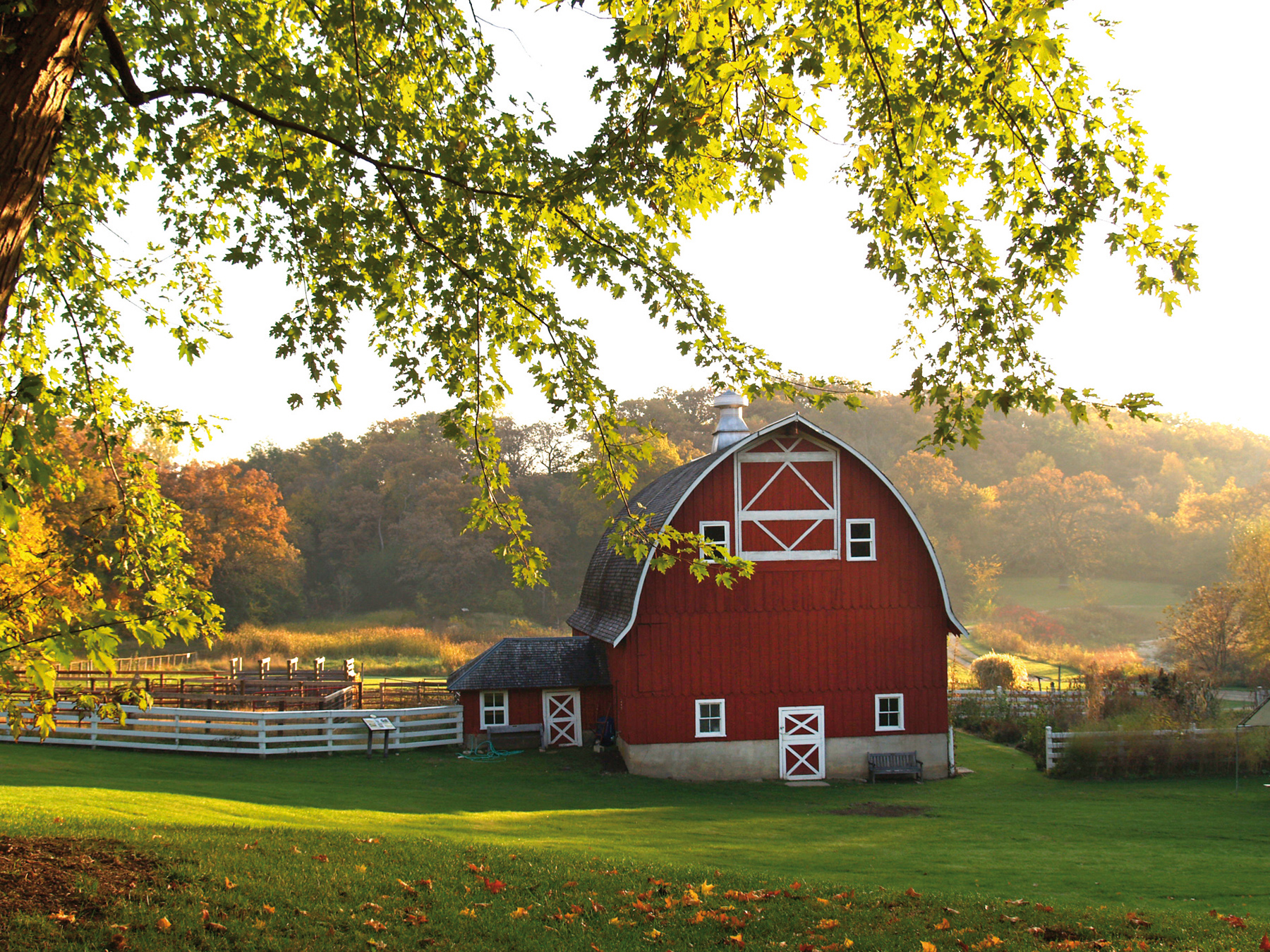
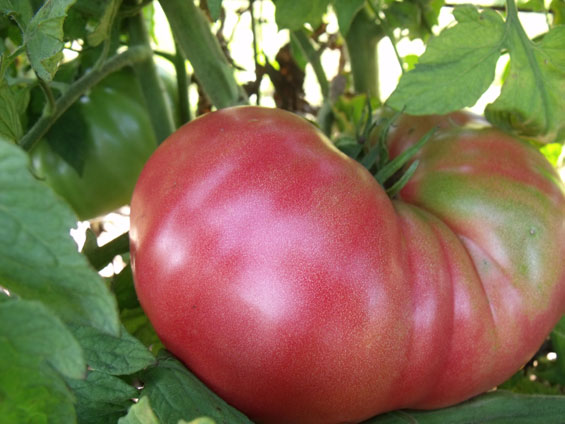
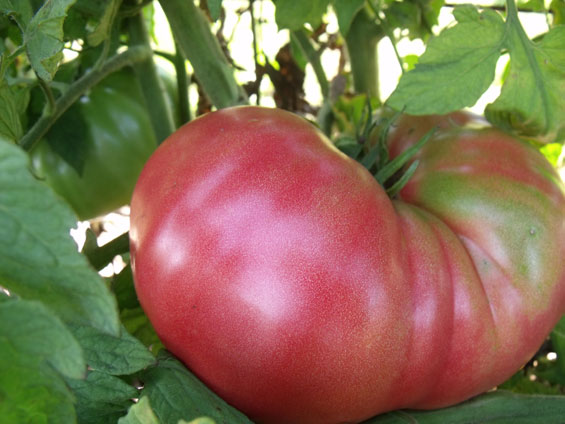

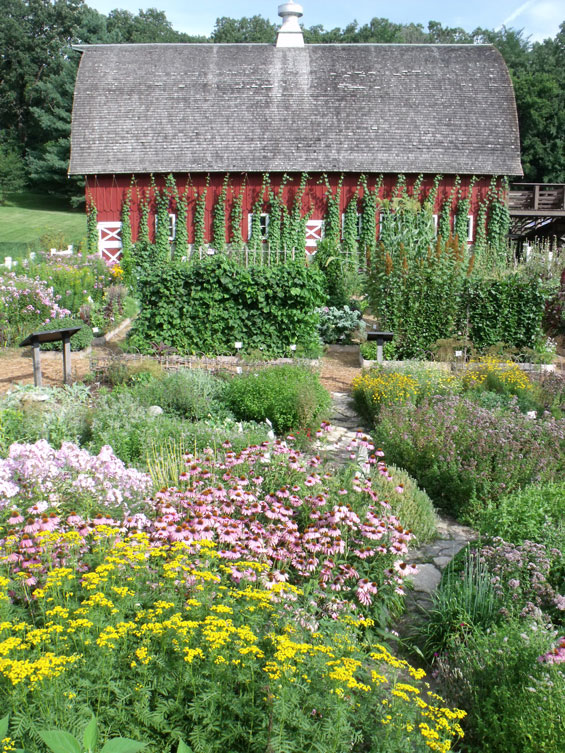 Other top finishers included last year’s favorite, ‘Lemon Drop,’ a small yellow-green cherry tomato with a sweet—almost tart—flavor, and ‘Black Sea Man,’ a Russian heirloom with brownish-pink fruit and full-bodied or “complete” flavor, as one participant put it. The salsa tasting line featured 14 homemade recipes. Ironically, the blue ribbon went to Anne Sheahan’s Mango Salsa, proving the eclectic pallets of this year’s voters. (We’ll try to get the heirloom tomato version of the recipe for next year!)
Other top finishers included last year’s favorite, ‘Lemon Drop,’ a small yellow-green cherry tomato with a sweet—almost tart—flavor, and ‘Black Sea Man,’ a Russian heirloom with brownish-pink fruit and full-bodied or “complete” flavor, as one participant put it. The salsa tasting line featured 14 homemade recipes. Ironically, the blue ribbon went to Anne Sheahan’s Mango Salsa, proving the eclectic pallets of this year’s voters. (We’ll try to get the heirloom tomato version of the recipe for next year!)



